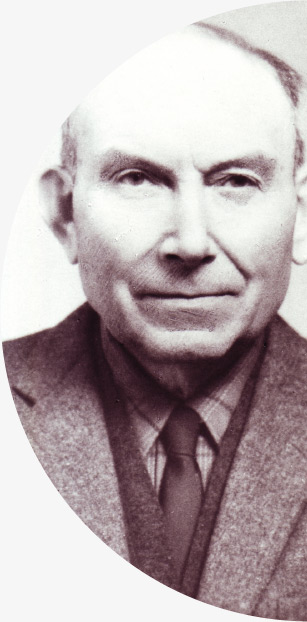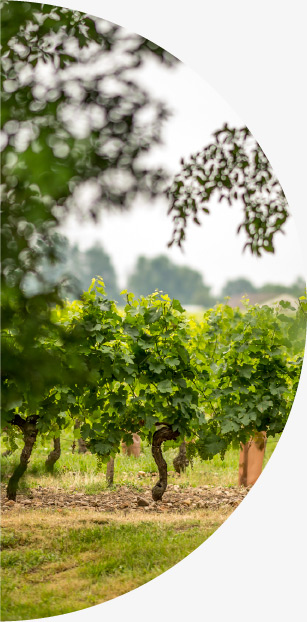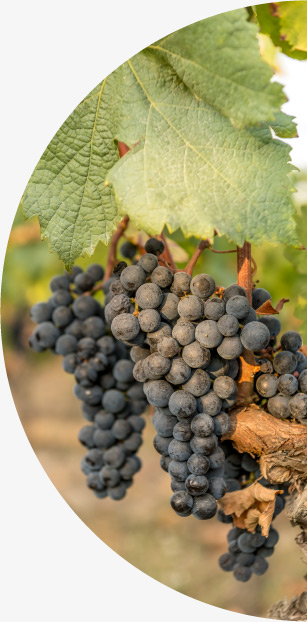Our tale is one of cherished family heritage, meticulously nurtured since the mid- 19th century. Rooted in respect for the land, this legacy has been bequeathed from generation to generation, commencing with my great-grandfather and presently being penned by my own children.
Originally, our estate was a diversified agricultural hub. However, it wasn’t until I joined the family business in the 1960s, in partnership with my father, that we committed ourselves solely to viticulture. Over the subsequent four decades, I have been diligently expanding our vineyards and modernizing our practices.
Reflecting on this journey,
it becomes clear that it represents more than mere occupation. These years have been an invaluable opportunity to transmit a fervor for winemaking,
specialized craftsmanship, and a standard of excellence that transcends time.
As we face the future, we embrace new challenges and innovative projects. Our HVE certification marks only the beginning of a sustainable journey, mindful of both environmental and human well-being. Even as we adapt to a rapidly changing world, our commitment to unparalleled quality remains steadfast.
Spanning nearly 30 hectares, our vineyard is divided into three distinct appellations: Lalande-de-Pomerol, Pomerol, and Montagne St-Emilion. Dominated by Merlot, which constitutes 70% of our vineyard, the remaining blend is enriched by 25% Cabernet Franc and 5% Cabernet Sauvignon.
Our estate in Lalande-de-Pomerol has roots dating back to the 19th century, initiated by my grandfather, Jean. He bestowed his name upon one of our most iconic wines: Domaine du Grand Ormeau.
Inspired by the majestic elm trees that graced our estate, the name embodies our essence and spirit.
In 1988, we chose to honor our oldest vines by introducing the Fleur de Ormes cuvée—a sublime embodiment of our love for winemaking.
The 9-hectare Château de Marchesseau was added to our estate in 1996. My son Frédéric, a recent graduate, gladly accepted a lease agreement from the Rénie family, long-standing friends and proprietors of the château. Our connection to this vineyard transcends contractual obligations.
The vines of Lalande-de-Pomerol are not merely vegetation;
they are the living chronicles of a multigenerational passion for viticulture. Each bottle we share with you is a testament
to this unwavering commitment to excellence.


Situated in the esteemed Pomerol appellation, we have managed a 2.35-hectare estate since 1977.
These vines are the foundation of Château la Truffe,
owned by the Peronneau family.
The unique soil composition—fine gravel laced
with iron oxide in the subsoil— imparts a distinct profile to our Merlot.
Yet, the true allure of Pomerol transcends terroir;
it lies in the narrative that each vine
and each cluster embodies.
Two distinct parcels in the Montagne St-Emilion appellation make up the prestigious Vieux Château Goujon. These vines were a part of my maternal grandfather, Emile Furt’s legacy. Historically, the wine from these parcels bore the name Vieux Château Goujon, and it was vinified on-site, in facilities that later hosted the cooperage run by my nephew,
Vincent Darnajou.
These parcels offer more than mere wine;
they present a poetic amalgamation of heritage and zeal
—a tangible legacy personified in each bottle,
paying homage to Emile Furt.
and the generations that succeeded him

Our dedication to biodiversity and sustainable practices is deeply ingrained in our philosophy. Well before 2015, we implemented strategies aimed at environmental preservation while maintaining the viability of our enterprise.
Our efforts, encompassing reduced pesticide use, rational fertilization, and efficient water management, have been formally recognized with the HVE 3 environmental certification. We move forward, ever conscious that reverence for nature and an enduring passion for viticulture are the cornerstones of our cherished legacy—a legacy we take immense pride in perpetuating through the generations.
Copyright 2023 © Vignobles JP Garde
Alcohol abuse is dangerous for your health, and should be consumed in moderation.